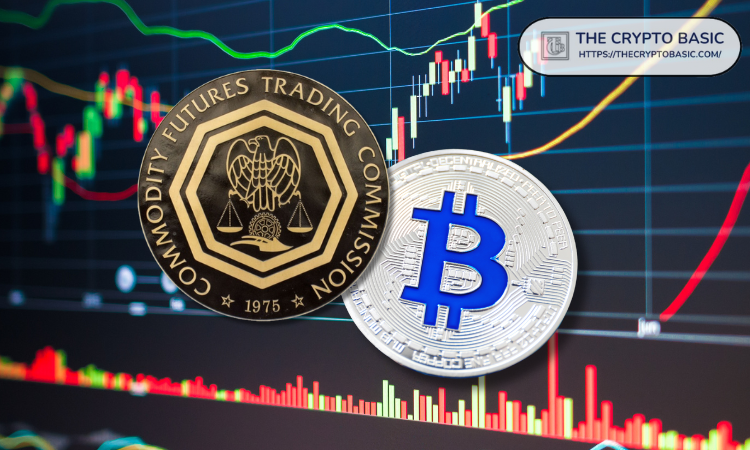- WTI price could strengthen as colder weather in the Northern Hemisphere are expected to increase heating Oil demand.
- Oil prices increased as a result of Beijing’s economic stimulus measures aimed at revitalizing its struggling economy.
- Goldman Sachs projects that Iran’s exports will decline by Q2 due to stricter sanctions under the incoming Trump administration.
West Texas Intermediate (WTI) Oil trades around $73.30 per barrel during the Asian hours on Monday, nearing its highest level since October 2024. Investors are closely monitoring the potential impact of colder weather in the United States (US) and Europe is expected to increase heating Oil demand, providing further support to crude Oil prices.
Additionally, Beijing’s economic stimulus efforts are bolstering fuel demand in the world’s largest crude importer. In a bid to revive its struggling economy, Beijing is ramping up fiscal stimulus, announcing on Friday that it will significantly boost funding through ultra-long-dated treasury bonds in 2025 to stimulate business investment and initiatives aimed at boosting consumer spending.
According to Reuters, the Shanghai Stock Exchange has committed to deepen capital markets opening during a meeting with foreign institutions. China’s economy is underpinned by solid fundamentals and demonstrates resilience amid a complex global environment.
On Friday, the Financial Times reported that the People’s Bank of China (PBoC) anticipates an interest rate cut at an appropriate time this year. Given their close trade relationship, fluctuations in China’s economy often have a notable impact on Australian markets.
Goldman Sachs anticipates that Iran’s production and exports will decline by the second quarter due to expected policy shifts and stricter sanctions under the administration of incoming US President Donald Trump. Iran’s output could decrease by 300,000 barrels per day, falling to 3.25 million bpd by the second quarter, according to their forecast.
WTI Oil FAQs
WTI Oil is a type of Crude Oil sold on international markets. The WTI stands for West Texas Intermediate, one of three major types including Brent and Dubai Crude. WTI is also referred to as “light” and “sweet” because of its relatively low gravity and sulfur content respectively. It is considered a high quality Oil that is easily refined. It is sourced in the United States and distributed via the Cushing hub, which is considered “The Pipeline Crossroads of the World”. It is a benchmark for the Oil market and WTI price is frequently quoted in the media.
Like all assets, supply and demand are the key drivers of WTI Oil price. As such, global growth can be a driver of increased demand and vice versa for weak global growth. Political instability, wars, and sanctions can disrupt supply and impact prices. The decisions of OPEC, a group of major Oil-producing countries, is another key driver of price. The value of the US Dollar influences the price of WTI Crude Oil, since Oil is predominantly traded in US Dollars, thus a weaker US Dollar can make Oil more affordable and vice versa.
The weekly Oil inventory reports published by the American Petroleum Institute (API) and the Energy Information Agency (EIA) impact the price of WTI Oil. Changes in inventories reflect fluctuating supply and demand. If the data shows a drop in inventories it can indicate increased demand, pushing up Oil price. Higher inventories can reflect increased supply, pushing down prices. API’s report is published every Tuesday and EIA’s the day after. Their results are usually similar, falling within 1% of each other 75% of the time. The EIA data is considered more reliable, since it is a government agency.
OPEC (Organization of the Petroleum Exporting Countries) is a group of 12 Oil-producing nations who collectively decide production quotas for member countries at twice-yearly meetings. Their decisions often impact WTI Oil prices. When OPEC decides to lower quotas, it can tighten supply, pushing up Oil prices. When OPEC increases production, it has the opposite effect. OPEC+ refers to an expanded group that includes ten extra non-OPEC members, the most notable of which is Russia.
Source: https://www.fxstreet.com/news/wti-hovers-near-7350-upside-seems-possible-due-to-a-potential-increase-in-oil-demand-202501060432









Leave a Comment